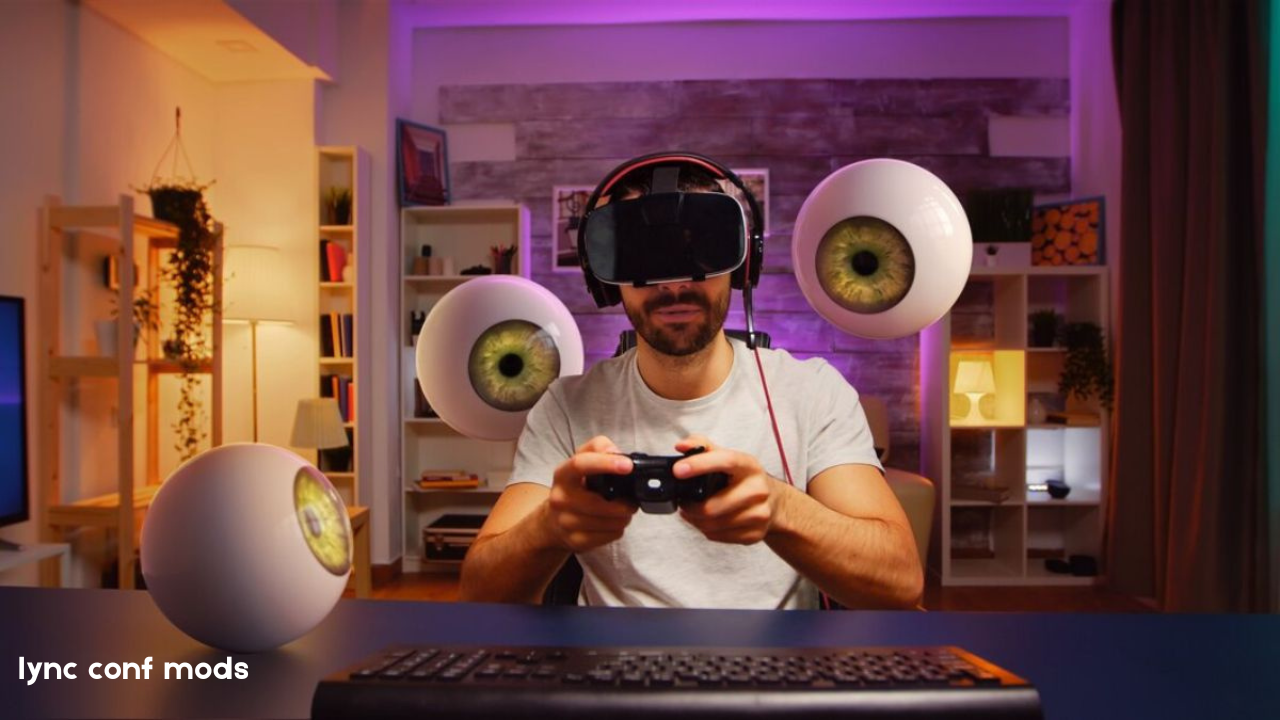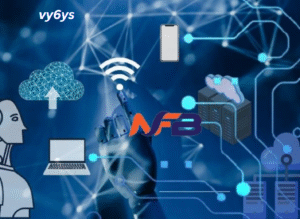The Ultimate Guide to Lync Conf Mods: Boost Your Communication Experience
In the modern era of business communication, seamless collaboration is a non-negotiable requirement. Microsoft Lync, later evolving into Skype for Business and ultimately Microsoft Teams, played a pivotal role in redefining how organizations manage internal and external communications. Within this ecosystem, “Lync Conf Mods” have emerged as powerful tools, allowing users to tweak and enhance the conferencing experience beyond the out-of-the-box functionality.
Understanding and utilizing Lync Conf Mods can significantly boost your team’s productivity, communication clarity, and meeting effectiveness. From improving audio-visual interactions to managing participant roles dynamically, these modifications enable a more tailored conference experience that adapts to unique organizational needs. This guide is designed to walk you through the essentials of Lync Conf Mods, explaining what they are, how to set them up, manage them responsibly, and troubleshoot issues that may arise.
If you are looking to optimize your Lync or Skype for Business conferencing environment, or even make informed decisions while transitioning to platforms like Microsoft Teams, this article will equip you with the knowledge needed to leverage the true potential of Lync Conf Mods.
Understanding Lync Conf Mods
What is Lync?

Microsoft Lync is an enterprise-level communication platform developed to facilitate messaging, audio/video conferencing, and file sharing among employees. Introduced in the early 2010s, Lync quickly became a staple for businesses that needed reliable, secure, and integrated communication solutions. Over time, Microsoft rebranded Lync into Skype for Business and then transitioned many of its core features into Microsoft Teams. However, Lync’s foundational architecture is still in use across many legacy systems today.
Key features of Lync included real-time presence information, instant messaging, voice over IP (VoIP), video conferencing, and tight integration with Microsoft Office. Its scalability made it ideal for both small teams and global enterprises, ensuring communication efficiency across different organizational levelsWhat Are Conf Mods?
Conf Mods, short for conference modifications, refer to the tweaks or enhancements applied to the Lync conferencing environment. These modifications can be developed internally by IT teams or sourced from third-party providers. Conf Mods extend Lync’s capabilities, allowing administrators to customize conference behaviors, add new functionalities, or improve existing ones. They play a crucial role in environments where the default setup doesn’t meet specific business requirements.
Common Types of Lync Conf Mods
Lync Conf Mods can vary greatly depending on the intended use case. Common categories include:
- Audio/Video Enhancements: Mods that improve call quality, introduce noise cancellation, or add support for HD video.
- Participant Management Mods: Tools to automate participant roles, restrict certain user actions, or introduce new moderation features.
- Interface and Usability Mods: Changes to the UI to make navigation easier or more intuitive for participants and moderators.
- Security and Compliance Mods: Enhancements that ensure meeting recordings are compliant with data regulations, enforce authentication, or add encryption layers.
Each type of mod serves a unique purpose, but collectively, they work towards creating a more flexible, secure, and efficient conferencing environment.
Setting Up and Using Lync Conf Mods
Prerequisites for Installing Mods
Before diving into the world of Lync Conf Mods, it’s crucial to ensure that your environment is prepared. First, verify the version of Lync you are running; not all mods are compatible with all versions. Your server and client systems should meet the minimum hardware and software requirements recommended by Microsoft. It’s also essential that you have administrative access or that your IT team can deploy system-wide changes safely.
Security is another vital consideration. Only install mods from reputable sources, and always verify their authenticity to avoid introducing vulnerabilities. Many organizations create isolated test environments to validate mods before deploying them in live settings.
How to Install and Configure Mods
Installing Lync Conf Mods generally follows a structured process. First, download the mod and review any accompanying documentation carefully. Most mods come with installation scripts or detailed steps, often involving simple file placements or script executions on the Lync Server. Configuration typically involves editing XML files, registry entries, or using administrative control panels within Lync.
During configuration, ensure you align the mod settings with your organization’s policies. For example, if a mod introduces recording features, make sure it complies with your legal requirements. Always test the mod in a controlled environment before rolling it out to production.
Recommended Mods for Beginners
If you’re just starting out, it’s wise to begin with mods that offer immediate, visible benefits without requiring complex configurations. Popular beginner mods include:
Enhanced Audio Mods: These improve microphone sensitivity and reduce background noise automatically.
Attendance Reporting Tools: Mods that generate detailed participant reports after meetings.
UI Simplification Mods: Changes that make the Lync interface more intuitive, such as larger buttons or clearer menu labels.
These simple mods can transform the user experience with minimal risk, making them ideal entry points into the world of Lync Conf Mods.
Best Practices for Managing Lync Conf Mods
Keeping Mods Updated
Keeping your Lync Conf Mods up-to-date is critical to maintaining a secure and efficient system. Updates often patch security vulnerabilities, fix bugs, and introduce performance improvements. Create a maintenance schedule that includes checking for new versions of the mods you use and applying updates systematically.
Using a version control system to track changes and updates can be a good practice, especially in larger organizations where multiple people may be responsible for IT maintenance.
Ensuring Security and Compliance
Security should never be an afterthought when dealing with Lync Conf Mods. Always vet third-party mods thoroughly before installation. Read reviews, check digital signatures, and prefer open-source options when possible to examine the code. Furthermore, ensure that any mod you implement aligns with your organization’s compliance requirements, especially if your industry is heavily regulated, like finance or healthcare.
Unauthorized or poorly built mods can introduce malware, data leaks, or compatibility issues that could severely disrupt operations.
Customizing Mods to Fit Business Needs
One of the greatest advantages of using Lync Conf Mods is the ability to customize your conferencing environment to fit your specific business workflows. For instance, developers can use the Lync Client SDK or UCWA APIs to create mods that integrate directly into your CRM system, streamline meeting scheduling, or automate user permissions.
Tailored mods provide competitive advantages by increasing efficiency and ensuring the conferencing tool matches the unique culture and operational demands of your organization.
Troubleshooting and Common Issues
Identifying Problems Caused by Mods
When something goes wrong in a Lync conference, mods are often prime suspects. Common symptoms include unexpected disconnections, poor call quality, or UI glitches. Lync’s built-in diagnostic tools, along with server event logs, can help identify whether a mod is at fault.
Early identification prevents small issues from escalating into major outages. Always document any newly installed mod changes for easy rollback if needed.
Fixing Common Mod-Related Problems
Some mod-related problems can be resolved by reinstalling or updating the mod, while others may require configuration tweaks. Connection issues are often solved by checking firewall settings, while audio/video problems might involve reverting to default codecs or adjusting bitrate settings.
If troubleshooting doesn’t work, temporarily disabling all mods and reintroducing them one by one is an effective method to isolate the issue.
When to Disable or Remove Mods
Not all mods will remain beneficial indefinitely. As your business needs evolve or software updates change your environment, some mods may become obsolete or even problematic. Regularly review all installed mods and remove those no longer serving a clear purpose.
Uninstall mods cleanly by following the developer’s instructions to avoid leaving behind residual files that could cause future conflicts.
Conclusion
Lync Conf Mods offer a tremendous opportunity to optimize your organization’s conferencing experiences. From improving audio clarity and participant management to enhancing security protocols, these mods transform basic conference setups into dynamic collaboration environments. However, careful planning, diligent maintenance, and a strong focus on security are essential to leveraging these tools effectively.
FAQs
Are Lync Conf Mods still relevant with Microsoft Teams?
Yes, many organizations still use legacy Lync and Skype for Business systems. While Teams offers modern conferencing features, Lync Conf Mods remain essential for those maintaining older infrastructures.
Can mods be used without administrator access?
Generally, no. Installing or modifying Lync requires administrative rights, especially at the server level, to ensure security and stability.
What are the risks of using third-party mods?
Risks include security vulnerabilities, software conflicts, data breaches, and system instability. Always verify the credibility of the mod source.
How do I know if a mod is causing conference instability?
Symptoms such as frequent call drops, unusual errors, or UI malfunctions often signal a problematic mod. Diagnostic logs can help pinpoint the issue.
Is there official support for using mods in Lync or Skype for Business?
Microsoft generally does not offer support for third-party mods. Customizations are typically used at the organization’s own risk and responsibility.











Post Comment